When does the daikon plant take place and what kind of care does he need?
Spring comes, and gardeners solve the problem: when to plant a daikon so that it does not let flower stalks. Everyone loves the juicy pulp of this vegetable, it is not too bitter, devoid of a sharp unpleasant odor, and at the same time retained all the useful properties of an ordinary bitter radish. One trouble - the plant often gives an arrow, and the root crop does not develop. It is not difficult to solve the problem: if the radish is planted at the right time, the peduncle will not be tied.
Features of different varieties of daikon
To grow a delicious daikon, planting and care must be appropriate for the culture. With inept cultivation, you will either not get a harvest at all, or the root crop will turn out to be bitter and tough. The reason is not bad seed, but improper handling of Chinese radish.
The main reasons for the formation of unsuitable for food root crops:
- early peduncle formation - too long daylight hours.
- bitter flesh - the top of the root crop rose above the ground.
- the rhizome is tough and fibrous - the plant lacked moisture.
Much depends on the type of daikon. A whole group of Minovashi varieties ripen on average 2 months after germination. They have a conical root crop, about 0.5 m in length. These varieties are best planted on light soils. In the northern regions, warm weather sets in in late spring, and by the time the roots ripen, white nights come. All open field spring plantings will release arrows early and you will only receive seeds as a crop.
The maturation of daikon Sasha is a month and a half. The plant has a round root with a length and diameter of about 10 cm. The root crop can ripen and retain useful properties in heavy soils. It is believed that this variety does not let the shooter, but the experience of many gardeners proves that he does not like too long a day either. Rapid maturation and the ability to grow through seedlings allows these varieties to be planted in cold areas.
How to choose the right planting method
If you want to get a juicy large daikon, cultivation must take place with the correct ratio of light and dark time. Chinese radish cannot stand long daylight hours. When the dark period lasts less than 10 hours, flower arrows begin to form. You need to choose the correct planting method: by seeds or through seedlings. Much depends on the variety: plants with a large long rhizome do not take root well after transplantation. Residents of the northern regions, in order to feast on early spring root crops, only the seedling method is suitable.
For planting, you can use seeds from your garden. Collect the pods before they are dry and you will have time to plant them by the end of July.
Advice
Peeling fruits is a very laborious job, in which the grains are often damaged. Look at the shell of the pod: bumps are visible in the places where the seeds are ripe. Cut it into pieces in narrow sections and plant the grains in the ground directly in the shell.
The seed preparation is the same for any planting method. The seeds will germinate faster if they are first placed in water at a temperature of 50⁰ for 20 minutes, then immersed in cold water, and then held on the bottom shelf of the refrigerator for a whole day. The stress from the temperature drop will wake up the embryo, and prolonged cooling will increase the frost resistance of the seedlings.
Sowing for seedlings and open ground
Peat pots are more suitable for growing seedlings. In such a container, the root will not be injured during transplantation. If you want to sow seeds in boxes, take a container at least 10 cm deep.Fill the container with loose, fertile soil and moisten the soil well. After sowing, sprinkle with a layer of earth about 2 cm thick. Cover the container with plastic foil and place in a warm place. In less than a week, shoots will appear, after this planting you need to open and put into the light. When the radish releases 4 true leaves, the seedlings can be moved to the garden bed.
Daikon is accustomed to a warm climate, temperatures below + 10⁰ are fatal for him. In the middle lane, you can sow seeds in open ground at the end of April. Remember that an early harvest quickly deteriorates and loses its beneficial properties, plant as much as you can eat in a month. In the northern regions, Chinese radish can only be grown in spring through seedlings or in greenhouses. Only varieties with round root crops, such as Sasha, are suitable for transplanting.
The garden needs to be dug well, organic and mineral fertilizers added. The distance between the plants should be at least 25 cm. Cover the seeds with a small layer of earth and sprinkle the surface with a mixture of tobacco, ash and mustard to repel pests. If you are planting seedlings in open ground, mulch the entire bed to keep moisture in the ground and prevent weeds from sprouting. Chinese radish is a heat-loving plant. When planting in cold regions, be sure to consider covering the garden in the event of a sudden drop in temperature.
Advice
If your soil is heavy, infertile, the fertilizer solution will not penetrate deeper. When planting varieties with long rhizomes, drill holes to a depth of about 70 cm with a drill, fill them with fertile fertilized soil and plant seeds or seedlings there.
Autumn planting dates fall at the end of July. Under the garden, you can use the place from which you removed salad or spicy herbs on greens at the beginning of summer. After radishes and other cruciferous crops, planting Chinese radish is undesirable: the land can be infected with infection and pest larvae. Onions and garlic will be excellent predecessors; their phytoncidal properties will rid the garden of infections.
Daikon care
The plant forms a large root crop, and in order for it to be juicy, the radish needs a lot of moisture. The soil should not dry out; water the garden in time. In addition to moisture, seedlings need nutrients. When 2-3 true leaves appear, you need to thin out the plantings, and then pour them with a solution of complex fertilizer.
Root crops have interesting properties: as they grow, they begin to rise above the soil surface. The pulp growing in the light becomes bitter. To make the salads tasty, do not forget to huddle the garden as soon as the rhizome begins to peek out of the ground.
Chinese radish suffers from the same diseases as all cruciferous plants, mainly fungi attack it. Of the pests, the cruciferous flea, scoop, cabbage fly and slugs attack plants. To prevent insect infestation and the appearance of infection, the soil is sprinkled with ash immediately after sowing and when shoots appear. The rest of the measures are common for most garden crops:
- correct crop rotation;
- weed control;
- planting marigolds along the perimeter of the garden;
- high-quality seed.
Output
Outdoor daikon can be grown from seeds or seedlings. It all depends on the area where you live. In the north, it is better to plant Chinese radish in seedlings and choose varieties with a round root crop. In the south, you can get 2 crops a year: sow daikon in early spring for summer use, and in the middle of summer plant for winter.
Caring for a Chinese radish is simple: watering after 5 days during the dry season, loosening and feeding. Basic conditions: small daylight hours (if necessary, planting can be covered with an opaque material) and sufficient soil moisture. Pick the variety you want, ensure it is grown properly and you will enjoy delicious daikon salads.
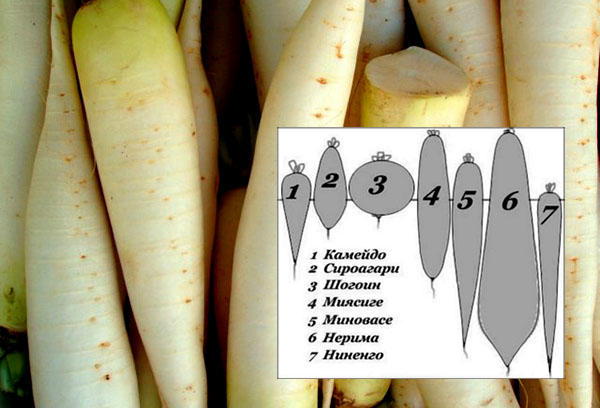
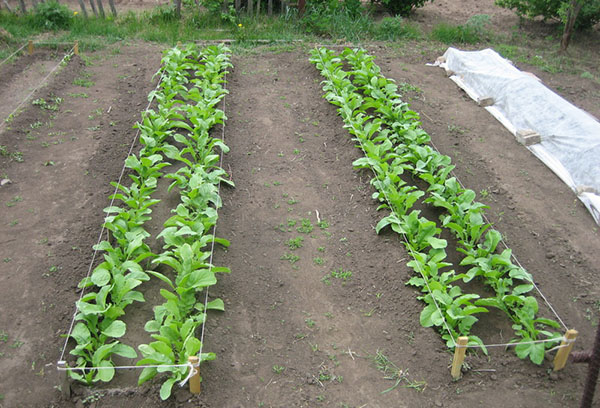
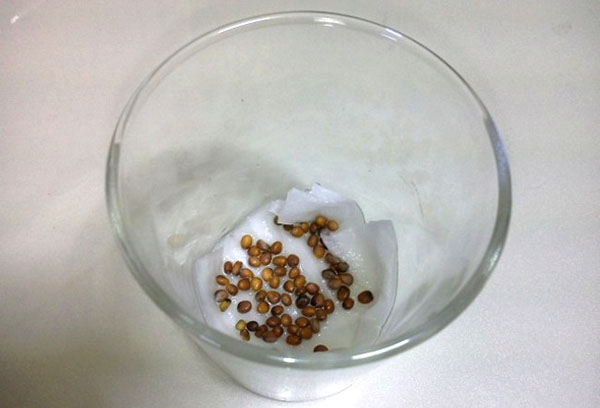
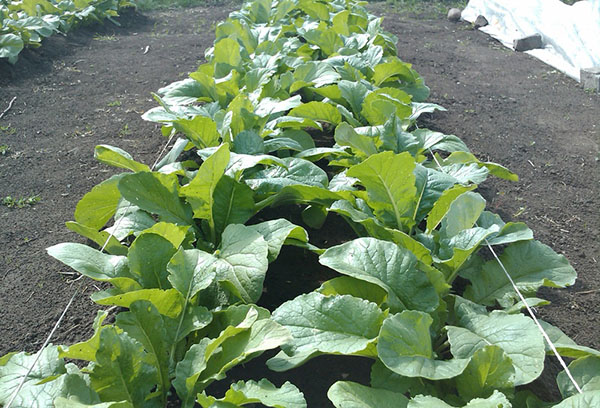
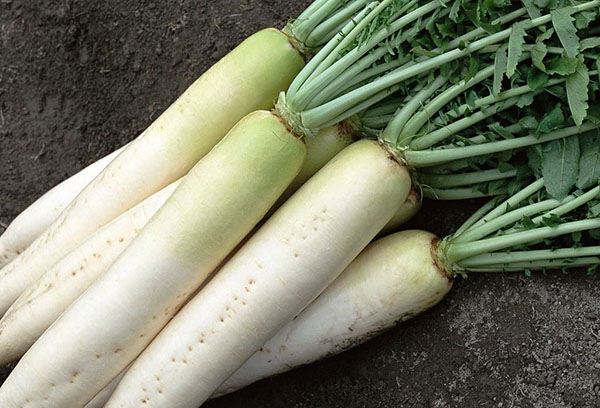
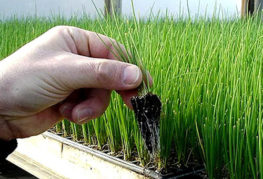
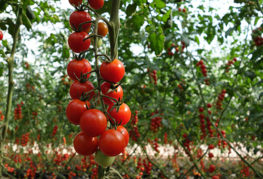
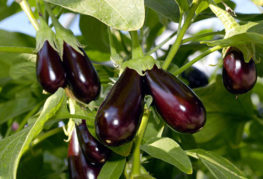
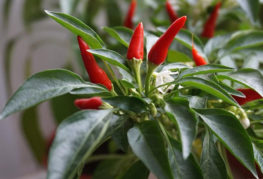
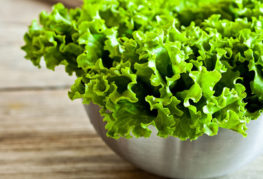
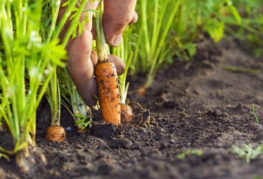
and will be published shortly.